40+ Sample Goal Trackers
-
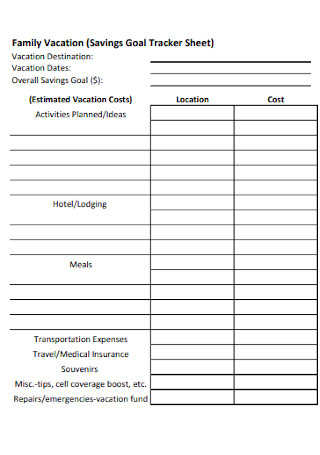
Goal Tracker Sheet
download now -
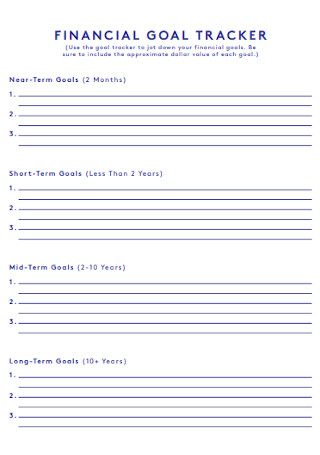
Financial Goal Register
download now -
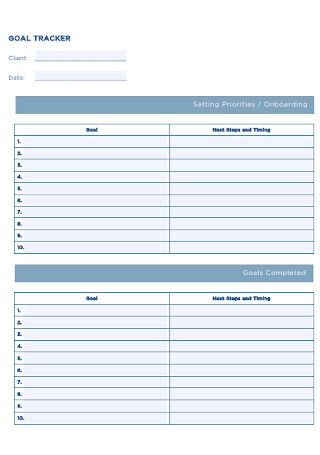
Basic Goal Tracker
download now -
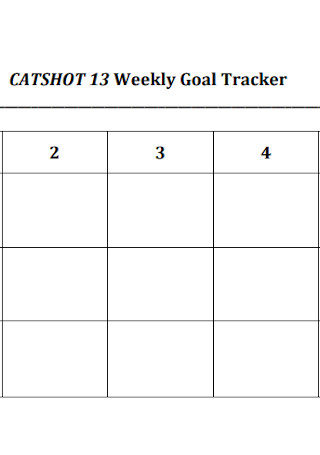
Weekly Goal Tracker
download now -
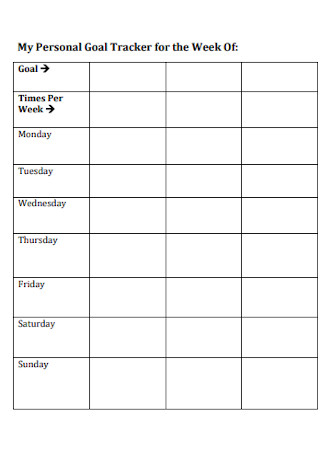
Personal Goal Tracker
download now -
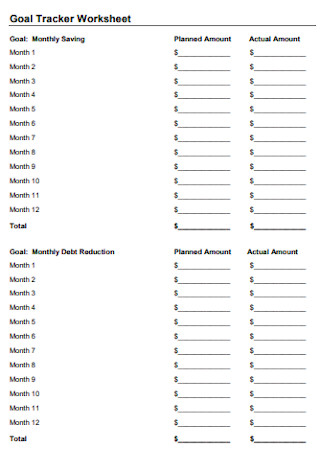
Goal Tracker Worksheet
download now -
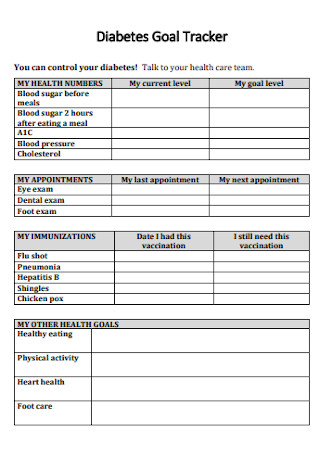
Diabetes Goal Tracker
download now -
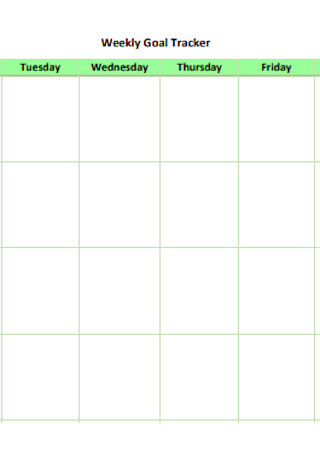
Sample Weekly Goal Tracker
download now -
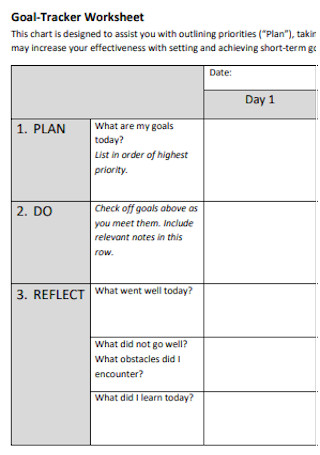
Goal Tracker Worksheet
download now -
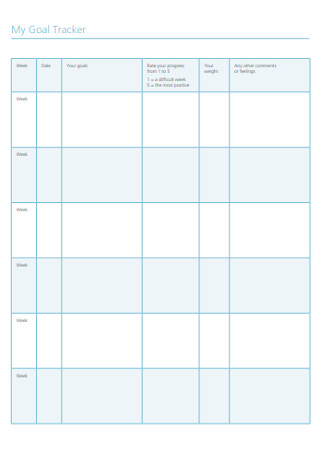
Standard Goal Tracker
download now -
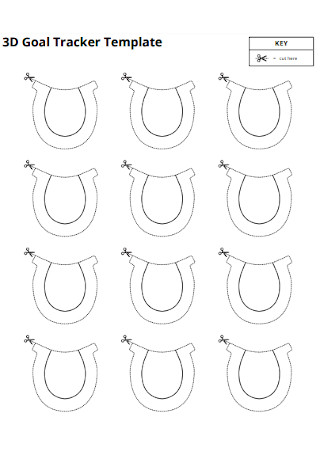
3D Goal Tracker Template
download now -
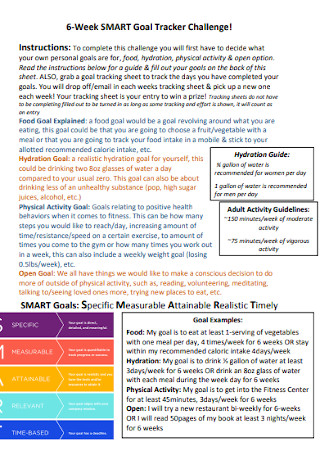
6-Week Smart Goal Tracker
download now -
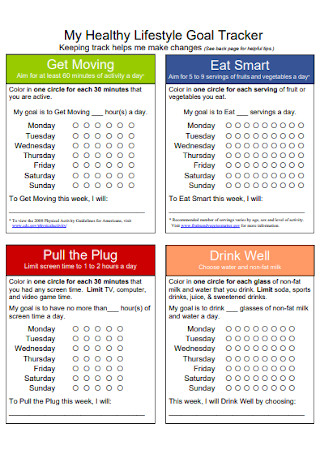
Healthy Lifestyle Goal Tracker
download now -
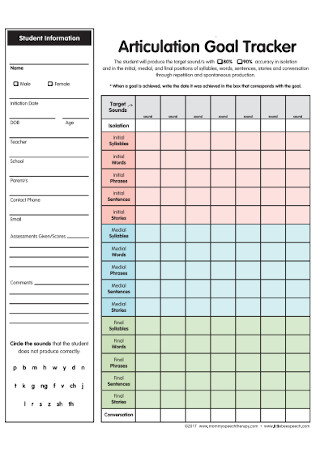
Articulation Goal Tracker
download now -
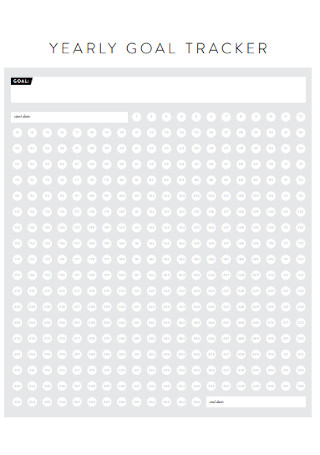
Yearly Goal Worksheet
download now -
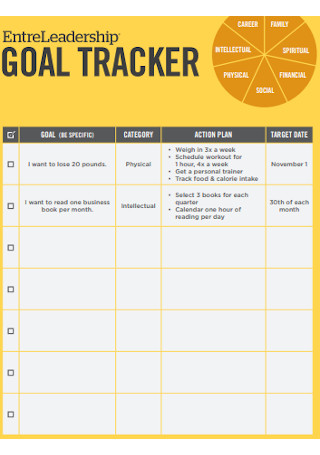
Simple Goal Tracker
download now -
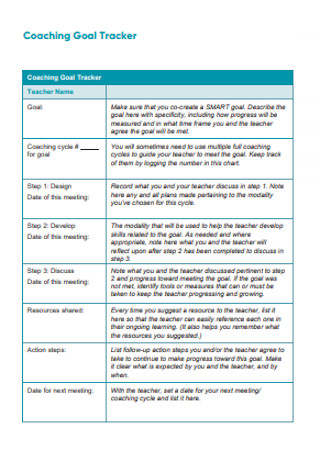
Coaching Goal Tracker
download now -
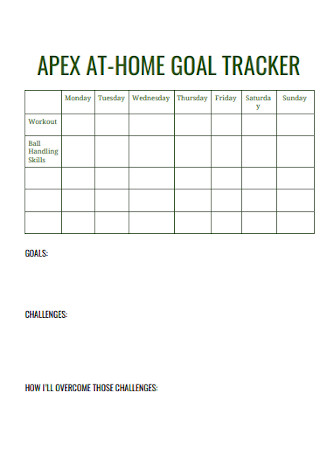
Home Goal Tracker
download now -
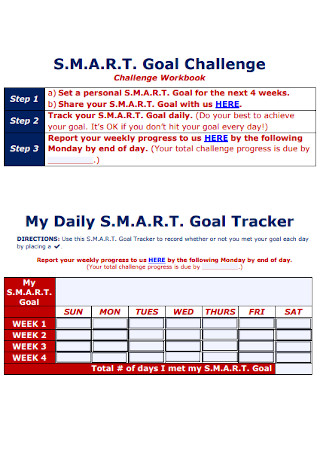
Daily Goal Tracker
download now -
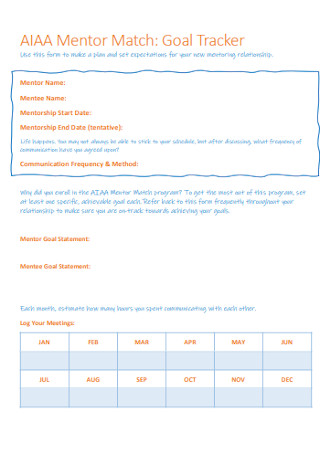
Mentor Goal Tracker
download now -
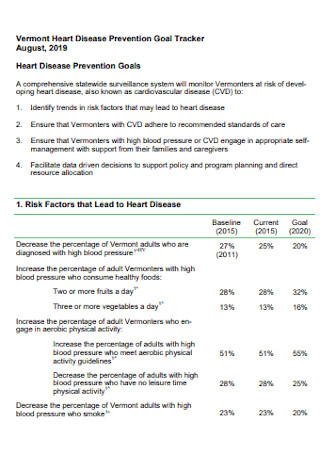
Disease Prevention Goal Tracker
download now -
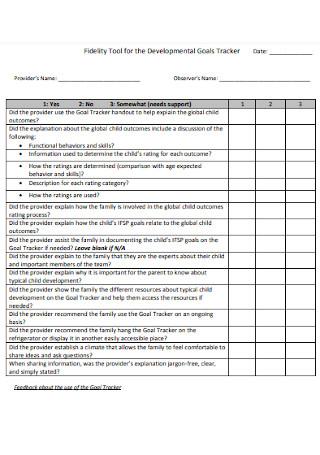
Fidelity Tool for Developmental Goals Tracker
download now -
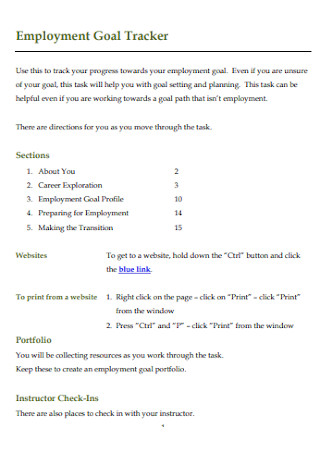
Employment Goal Tracker
download now -
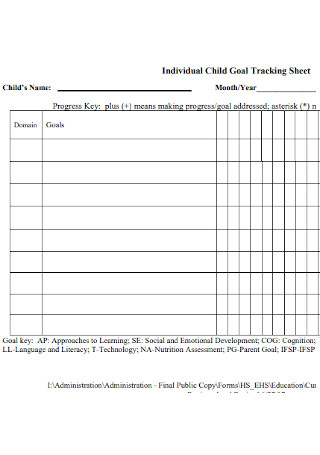
Individual Child Goal Tracking Sheet
download now -
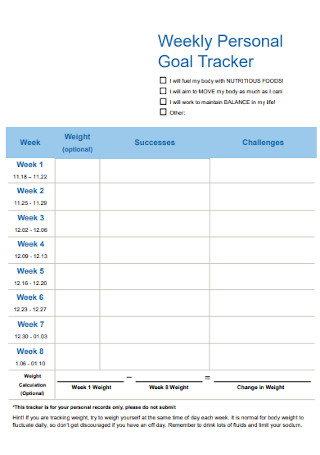
Goal Tracker Goal Tracker
download now -
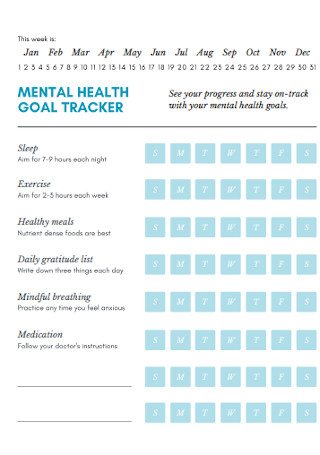
Mental Health Goal Tracker
download now -
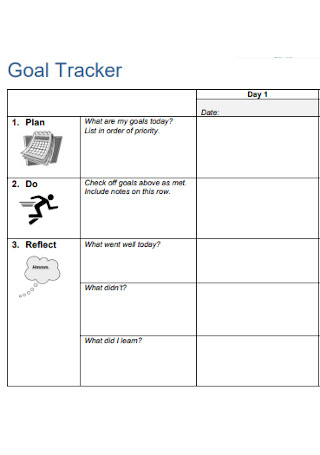
Sample Goal Tracker
download now -
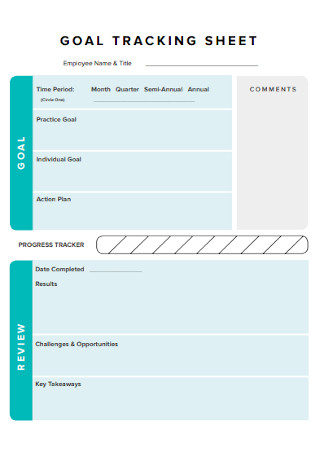
Goal Tracking Sheet
download now -
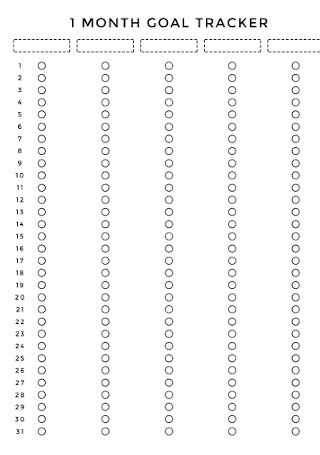
One Month Goal Tracker
download now -
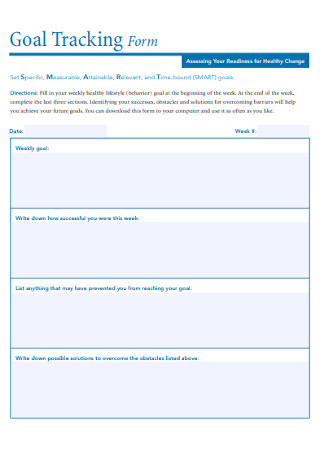
Goal Tracking Form
download now -
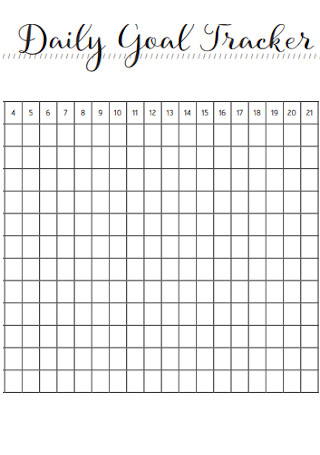
Sample Daily Goal Tracker
download now -

Male Goal-Tracker
download now -
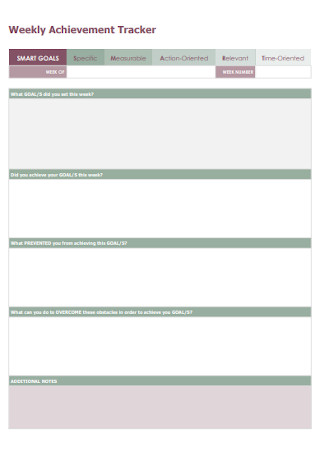
Weekly Achievement Goal Tracker
download now -
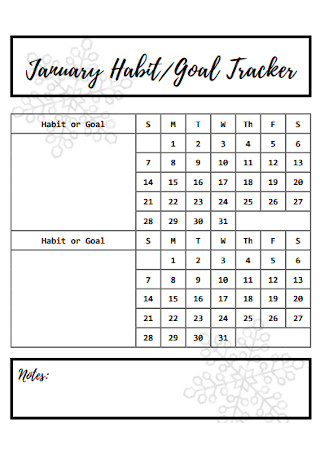
January Habit and Goal Tracker
download now -
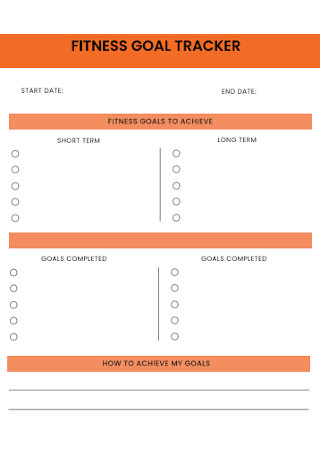
Fitness Goal Tracker
download now -
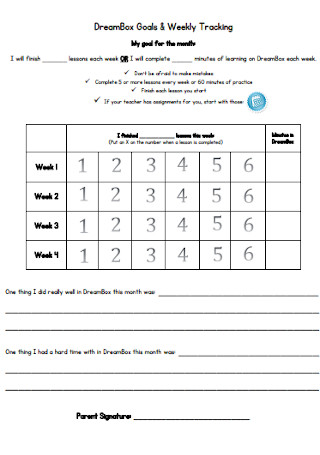
Dream Box Goal Trakker
download now -
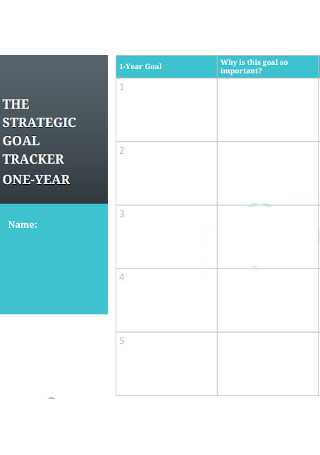
Strategic Goal Traker
download now -
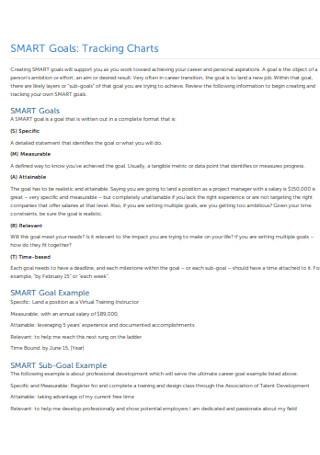
Goal Tracking Chart
download now -
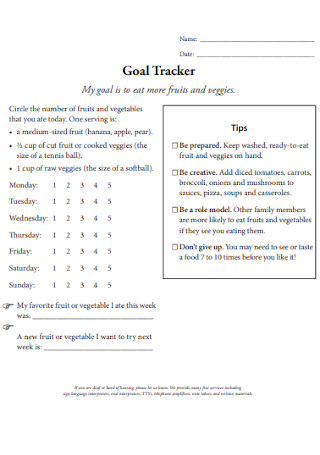
Printable Goal Tracker
download now -
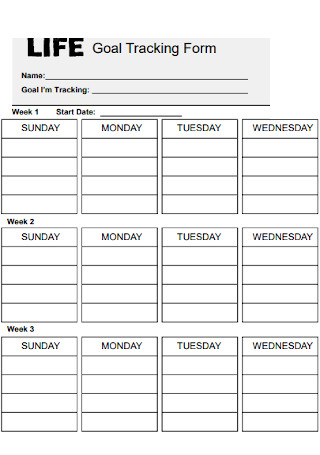
Goal Tracking Form Template
download now -
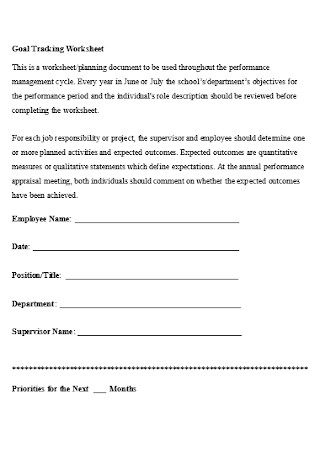
Sample Goal Traacking Worksheet
download now
What Is a Goal Tracker?
A goal tracker is a tool used to monitor an individual or group’s personal or professional goals. It can be created using various formats such as a checklist or spreadsheet. Basically, anyone can use it to track any type of goal.
According to an article by Lifehack, there are several downloadable apps that can help people effectively track goals. The seven apps that made it to the list are Strides, Way of Life, Goals on Track, Habitica, Coach.me, ATracker, and Toodledo.
Examples of Goals
There are many different types of goals. People can choose to focus on one or attempt to juggle multiple goals at the same time. It’s perfectly fine for goals to overlap. However, practicing prioritization will help maximize your time and effort for working on the more important ones. The following are examples of common goals many people strive for:
Tips for Reaching Goals
How to Create a Goal Tracker
You can choose to create your own goal tracker from scratch or with the help of a ready-made template. Creating a goal tracker is relatively easy; but staying committed to it is a different story. To get started, follow these important steps:
Step 1: Identify the Goal
Goals can be simple or complex, depending on your objectives. Whatever you set out to do or accomplish, it’s good to keep in mind SMART goals. A SMART goal is a popular method used and it stands for specific, measurable, attainable, relevant, and time based. If your goal meets this criteria, you are more likely to stick to it. Another thing to consider is prioritization. If you list down too many goals, you run the risk of overcommitting, under delivering, or even, burnout. Sticking to a few goals that you can wholeheartedly commit to is better than spreading yourself too thin and achieving dismal results.
Step 2: Format the Goal Tracker
A goal tracker can be a personal project so you have the freedom to choose what format will best suit your preferences or needs. A checklist is one option. You can create a table and label the columns accordingly. A spreadsheet or worksheet can also be used to track goals. It’s easier and more convenient to use an Excel spreadsheet or an online worksheet. If you want to dig a little deeper and go the extra mile, creating a questionnaire or bullet journal will allow you to reflect further, record your personal thoughts, and contemplate any challenges and noteworthy experiences.
Step 3: Set the Targets
Once you have your format in place, assign all the important labels and details. For example, if your goal tracker is a table or worksheet, include columns for listing the specific goal, target date or timeline, action plan, challenges, and add an extra column for comments and/or reflections. This is essentially the planning phase of your goal tracker. Brainstorm ideas, gather data, or research about how to craft a solid action plan. Don’t stress too much about having to make minor adjustments or modifying some goals. Goals can change in the same way people also change. It’s perfectly acceptable and natural to adjust your goals according to your present needs and situation.
Step 4: Update the Goal Tracker Regularly
Part of sustainable progress is constant tracking and monitoring. You don’t have to obsess over it, but it is good to have some idea of how far you’ve come. Even if you do accomplish your goals, the process is never really quite complete. Self-improvement and learning are lifelong processes and ongoing struggles. Completed or old goals just get replaced by new ones. The habit of looking back, updating, and regularly checking in with yourself can prove to be beneficial in the long run.
FAQs
How do you keep track of goals?
You can keep track of your goals using different methods. You can create a personal monitoring sheet, it can be either physical or digital. You can also download an app that helps you track goals. If you choose the former, it is best to come up with a comprehensive and detailed spreadsheet. Whenever you hit a milestone or accomplish a relevant task, make sure to dutifully record it.
What are the 3 types of goals?
According to an online article published by Eastern Washington University, the three types of goals are process goals, performance goals, and outcome goals. Process goals focus on controllable, action and time-based processes. For example, a gym buff’s goal is to spend at least an hour and a half at the gym. Performance goals involve reaching or maintaining a certain personal standard. An example of this would be a person with diabetes who makes it his personal goal to achieve normal-level blood sugar. Lastly, outcome goals are bent on accomplishing a certain result or outcome. For instance, an entry-level employee aims to be promoted to a supervisory position the following year.
How do you manage your daily goals?
There are a couple of useful tips when trying to manage your daily goals. The first one is having a plan. Having a plan of action can keep you focused and save you from unnecessary distractions. Secondly, take it one step at a time. Everything seems difficult and overwhelming when we try to do everything all at once or allow ourselves to think about how much work there is. But if we cross things out one by one and focus on achieving little tasks, it will seem more manageable.
It’s good to have goals. They keep us focused and propel us to move forward. And although some goals are harder to achieve than others, there are different things we can do to stick to our goals. Keeping a goal tracker is one of those useful ways. Browse the wide collection of sample templates above to get started on your own goals!